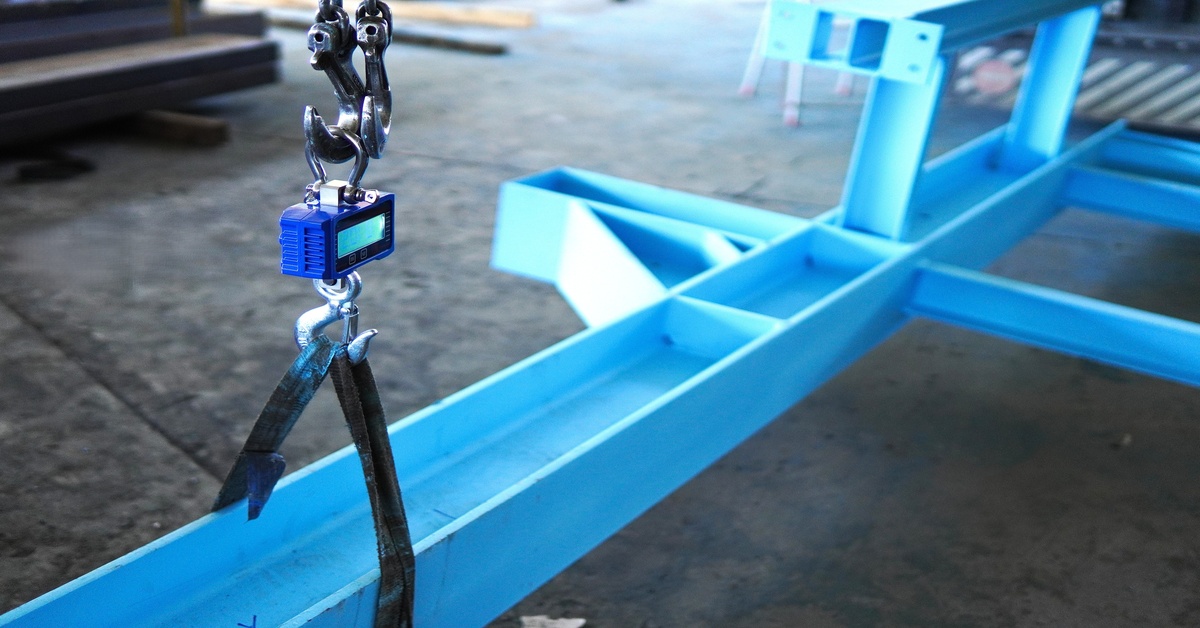When you need to weigh heavy, suspended loads, you must choose the right equipment for safety and accuracy. You can make the ideal choice for your specific application when you understand the differences between load cell crane scales, specifically shear beam and compression design. Both types of load cells measure force, but they use different mechanical principles.
How Compression Load Cells Work
Compression-style load cells operate on a simple yet effective principle—they measure the compressive force that you apply directly to them. When you place a heavy object on top of a scale, the load cell underneath gets squeezed. This design often features a robust, button-like or canister-shaped structure that manufacturers build to withstand immense pressure.
Because the force spreads across a solid column, these load cells deliver exceptional durability and can handle very high capacities. They excel in environments where you need to measure direct, downward force. This straightforward mechanism makes them a reliable choice for many heavy-duty tasks encountered in manufacturing and large-scale industrial projects.
How Shear Beam Load Cells Work
Shear beam load cells measure weight differently. Instead of compression, engineers design these cells to bend slightly under a load. The internal strain gauges measure this force to calculate the weight.
This design makes them particularly effective when the load doesn’t center perfectly, as they better resist off-center loads. Their lower profile and versatility allow you to use them in various setups, including platform scales and certain types of crane weight scales. Key advantages of the shear beam design include:
- Performing excellently with off-axis loads.
- Offering a more compact and lower-profile design.
- Providing high accuracy and resistance to side forces.
Key Differences and Applications
The primary distinction between compression and shear beam load cells lies in how they react to force. Compression cells work ideally for pure vertical tasks where the load remains stable and sits directly above the cell—think massive silo or tank systems.
Shear beam cells, however, provide more flexibility. They work better in dynamic situations or when side forces occur. This flexibility makes them a strong fit for overhead cranes, hoppers, and some vehicle scales where the load might shift or swing. Your operational environment and the nature of the items you weigh will ultimately determine the best option for your needs.
Choose Wisely for Maximum Performance
When you choose the right option for your project, you’ll enhance workflow accuracy and equipment longevity. This comparison of shear beam and compression design load cell crane scales reveals that both serve as powerful tools when used correctly.
If you need high-quality industrial scales for any application, Prime USA Scales has the solution. We develop and distribute a wide range of tools tailored to your specific needs. Explore our selection of crane scales and other instruments on our website, or contact our team today to find the perfect equipment for your business.
